Home>Garden Essentials>How To Grow Pepper Seeds
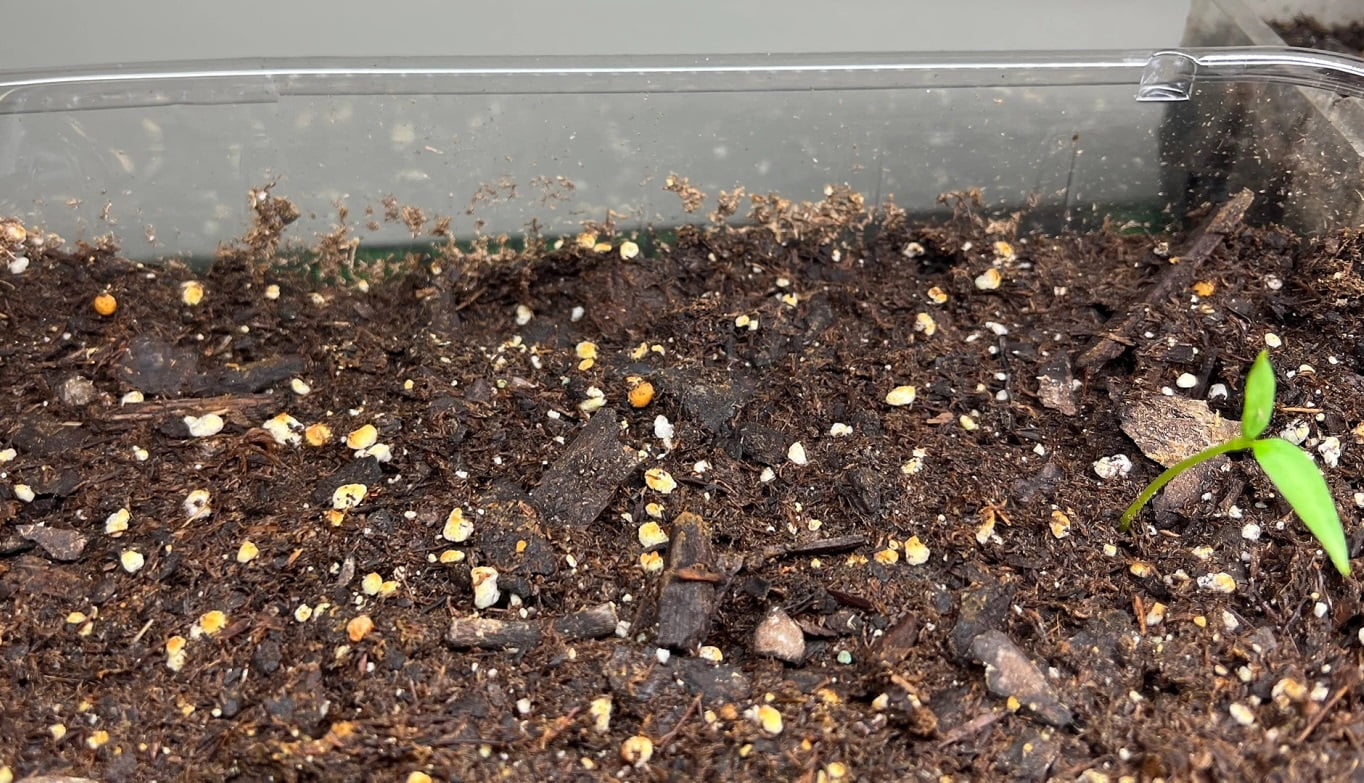

Garden Essentials
How To Grow Pepper Seeds
Modified: March 16, 2024
Learn how to grow pepper seeds in your garden and enjoy fresh peppers all season long. Our step-by-step guide will help you achieve a successful pepper harvest.
(Many of the links in this article redirect to a specific reviewed product. Your purchase of these products through affiliate links helps to generate commission for Storables.com, at no extra cost. Learn more)
Introduction
Gardening is a delightful and rewarding hobby that allows you to grow your own fresh produce right at home. One popular vegetable that many gardeners enjoy cultivating is peppers. Whether you prefer the mild sweetness of bell peppers or the fiery heat of chili peppers, growing your own pepper plants can be a fun and satisfying experience.
Pepper seeds are relatively easy to grow, making them a great choice for beginner gardeners. With a little time, patience, and the right techniques, you can successfully grow pepper plants from seeds and enjoy a bountiful harvest of delicious peppers.
In this article, we will guide you through the step-by-step process of growing pepper seeds, from selecting the right seeds to harvesting ripe peppers. So, roll up your sleeves and get ready to embark on a pepper-growing adventure!
Key Takeaways:
- Growing pepper seeds is a fun and rewarding experience. Choose the right seeds, provide warmth and moisture for germination, and give your plants plenty of sunlight and care for a bountiful harvest of vibrant peppers.
- To grow healthy pepper plants, ensure optimal soil, water, and sunlight. Protect your plants from pests and diseases, and savor the joy of harvesting and enjoying your homegrown peppers.
Read more: How To Grow Peppers From Seed
Step 1: Selecting Pepper Seeds
The first step in growing pepper plants from seeds is to select the right seeds for your garden. When choosing pepper seeds, consider the following factors:
- Variety: There are numerous pepper varieties available, each with its own unique flavor, size, shape, and heat level. Decide what kind of peppers you want to grow, whether it’s sweet bell peppers, spicy jalapenos, or hot habaneros.
- Seed Source: Make sure to purchase your seeds from a reputable supplier to ensure their quality and viability. Look for organic and non-GMO seeds for a healthier and more sustainable garden.
- Adaptability: Consider the climate and growing conditions in your area. Some pepper varieties are better suited for colder climates, while others thrive in warmer regions.
- Growing Season: Check the days to maturity indicated on the seed packet. This will give you an estimate of how long it will take for the peppers to grow and ripen. Choose varieties that have a growing season that fits your gardening timeline.
Once you have chosen the perfect pepper seeds, you can move on to the next step in the process: preparing the soil and containers.
Step 2: Preparing Soil and Containers
The success of your pepper plants largely depends on the quality of the soil they are planted in. Peppers prefer well-draining soil that is rich in organic matter. Follow these steps to prepare the soil and containers for planting pepper seeds:
- Choose the right container: Select containers that have drainage holes to prevent waterlogging. Peppers can be grown in pots, grow bags, or raised beds. Ensure that the container is large enough to accommodate the root system of the pepper plants.
- Use high-quality potting mix: Fill the containers with a well-balanced potting mix that contains a blend of compost, perlite, and vermiculite. Avoid using garden soil, as it can be heavy and may not provide the ideal growing conditions for pepper plants.
- Amend the soil: If you are planting peppers in a garden bed, till the soil and incorporate organic matter such as compost or well-rotted manure. This will improve the soil structure and fertility.
- Ensure proper drainage: If the soil in your garden or containers tends to retain water, you can add some coarse sand or perlite to improve drainage.
Before moving on to the next step, it’s important to water the soil thoroughly and allow it to drain. This will provide a moist and favorable environment for the germination of pepper seeds.
Now that your soil and containers are ready, it’s time to move on to the exciting part – planting the pepper seeds!
Step 3: Planting Pepper Seeds
Planting pepper seeds is an essential step in growing healthy and vigorous pepper plants. Follow these guidelines to ensure successful seed germination:
- Start indoors: Pepper seeds require warm temperatures to germinate, so it’s best to start them indoors 8-10 weeks before the last frost date in your area. Use seed trays or small pots to sow the seeds.
- Prepare the seeds: If you want to enhance seed germination, you can soak the pepper seeds in warm water for a few hours before planting. This will help soften the seed coat and promote quicker sprouting.
- Sow the seeds: Place two to three pepper seeds in each cell or pot, about a quarter inch deep into the soil. Gently cover the seeds with a thin layer of potting mix and pat it down to ensure good soil-to-seed contact.
- Provide warmth: Peppers need warmth to germinate, so keep the seed trays or pots in a warm location. You can use a heating mat or place them near a heat source. Maintain a temperature of around 75-85°F (24-29°C) for optimal germination.
- Ensure proper moisture: Keep the soil consistently moist but not overly saturated. Avoid waterlogged conditions, as it can lead to seed rot. Use a misting spray bottle or a gentle sprayer to water the seeds.
- Provide sufficient light: Once the pepper seeds have germinated and sprouted, move them to a well-lit area such as a sunny window or under grow lights. Pepper seedlings require at least 12-14 hours of light per day to grow strong and healthy.
After about 7-10 days, you should start to see the pepper seedlings emerging from the soil. At this point, it’s time to move on to the next step – providing optimal growing conditions for the young plants.
Step 4: Providing Optimal Growing Conditions
Ensuring that your pepper plants receive the right growing conditions is crucial for their overall health and productivity. Here are some key factors to consider:
- Sun exposure: Pepper plants thrive in full sun, so choose a location in your garden that receives at least 6-8 hours of direct sunlight per day. If you’re growing peppers indoors, provide them with bright, indirect light or use grow lights for optimal growth.
- Temperature: Peppers prefer warm temperatures between 70-85°F (21-29°C) during the day and slightly cooler temperatures at night. Avoid exposing them to frost or cold drafts, as it can stunt their growth or cause damage.
- Air circulation: Good airflow is essential to prevent the buildup of moisture and reduce the risk of fungal diseases. Plant your pepper plants with enough space between them to facilitate proper air circulation.
- Soil pH: Pepper plants prefer slightly acidic soil with a pH range of 6.0-6.8. Test your soil’s pH and amend it if necessary using organic materials like compost or peat moss.
- Mulching: Apply a layer of organic mulch around the base of your pepper plants to conserve moisture, suppress weeds, and maintain a consistent soil temperature. Use materials like straw, wood chips, or shredded leaves.
- Protection from strong winds: If your garden is prone to strong winds, consider using windbreaks or planting your peppers near a fence or other structures to shield them from the wind.
By providing the optimal growing conditions, you will ensure that your pepper plants are healthy, strong, and ready to produce an abundance of flavorful peppers. Now it’s time to move on to the next step – watering and fertilizing your pepper plants.
To grow pepper seeds, start them indoors 8-10 weeks before the last frost. Use a seed starting mix, keep them warm and moist, and provide plenty of light. Transplant them outdoors after the last frost.
Read more: How To Grow Ghost Pepper Seeds
Step 5: Watering and Fertilizing Pepper Plants
Proper watering and fertilization are essential for the growth and development of pepper plants. Follow these guidelines to ensure that your plants receive the necessary nutrients and moisture:
- Watering: Pepper plants require consistent moisture, especially during periods of active growth. Water deeply, ensuring that the soil is evenly moist but not waterlogged. Aim to provide around 1-2 inches of water per week, depending on the weather conditions. Avoid overhead watering, as it can lead to the development of fungal diseases. Instead, water directly at the base of the plants.
- Fertilizing: Peppers are heavy feeders and require regular fertilization to support their growth and fruit production. Start by incorporating a balanced, slow-release organic fertilizer into the soil before planting. As the plants grow, apply a side-dressing of compost or well-balanced organic fertilizer every 4-6 weeks. Be sure to follow the package instructions for proper dosage and application.
- Additional nutrients: In addition to regular fertilization, peppers benefit from a boost of specific nutrients. They particularly require a sufficient supply of phosphorus and potassium, which are essential for flower and fruit development. Consider using an organic fertilizer that is specifically formulated for fruiting vegetables or supplement with bone meal and potassium-rich amendments.
- Monitor plant health: Keep an eye on your pepper plants for any signs of nutrient deficiencies or excesses, such as yellowing leaves, stunted growth, or leaf curling. Adjust your fertilization regimen accordingly to provide the necessary nutrients.
By properly watering and fertilizing your pepper plants, you will ensure that they have the nutrients and moisture they need to thrive and produce a bountiful harvest. Next, let’s move on to step 6 – pruning and supporting your pepper plants.
Step 6: Pruning and Supporting Pepper Plants
Pruning and supporting your pepper plants is an important step in maintaining their structure, promoting optimal airflow, and ensuring a healthy harvest. Here’s what you need to know:
- Pruning: Pepper plants generally do not require extensive pruning, but removing a few selected branches can be beneficial. As the plants grow, pinch off the top couple of sets of leaves to encourage bushier growth. You can also remove any suckers that develop in the leaf axils. Remember to sanitize your pruning tools to prevent the spread of diseases.
- Topping: Topping your pepper plants by cutting off the top portion can promote a more compact and bushy growth habit. This method can be beneficial for larger, indeterminate pepper varieties that tend to grow tall and leggy.
- Supporting: Depending on the pepper variety and their growth habit, some plants may require support to prevent them from falling over under the weight of the fruit. Use stakes, cages, or trellises to support your pepper plants and keep them upright. Begin supporting the plants when they are young to avoid damaging the roots or stems later on.
- Removing damaged or diseased leaves: Regularly inspect your pepper plants for any damaged or diseased leaves. Remove these leaves promptly to prevent the spread of diseases and ensure that the plant’s energy is directed towards healthy growth and fruit production.
Pruning and supporting your pepper plants will help them stay healthy, prevent breakage, and promote better air circulation. This can reduce the risk of diseases and give you a better harvest. Now that your pepper plants are properly pruned and supported, it’s time to move on to step 7 – dealing with pests and diseases.
Step 7: Dealing with Pests and Diseases
While pepper plants are relatively resilient, they can still fall victim to pests and diseases. It’s important to stay vigilant and take proactive measures to protect your plants. Here are some tips for dealing with common pests and diseases that may affect your pepper plants:
- Pests: Common pests that can pose a threat to pepper plants include aphids, whiteflies, spider mites, and pepper weevils. Monitor your plants regularly and take action at the first sign of an infestation. Use organic insecticidal soap, neem oil, or homemade remedies like garlic spray to control pests. Introducing beneficial insects such as ladybugs and lacewings can also help keep pest populations in check.
- Diseases: Pepper plants can be susceptible to diseases like powdery mildew, bacterial spot, and fungal infections. To prevent diseases, provide proper airflow by spacing plants adequately, avoid overhead watering, and keep the foliage dry. If diseases do appear, remove and destroy infected plant material, apply organic fungicides, and practice crop rotation to minimize the risk of recurring infections.
- Companion planting: Consider planting companion plants that can deter pests or attract beneficial insects. Marigolds, basil, and nasturtiums are known to repel pests and attract beneficial insects like ladybugs and hoverflies.
- Organic pest control: Use organic and natural pest control methods to protect your pepper plants. This includes introducing beneficial insects, using insecticidal soaps and oils, applying diatomaceous earth, or using homemade remedies like chili pepper spray or vinegar solutions.
By being proactive in preventing and addressing pest and disease issues, you can help ensure the health and productivity of your pepper plants. With the pests and diseases under control, it’s time to move on to the next step – harvesting your ripe pepper pods!
Step 8: Harvesting Pepper Pods
Harvesting pepper pods is an exciting reward for your gardening efforts. Here are some guidelines to help you know when and how to harvest your peppers:
- Maturation time: The time it takes for the peppers to mature varies depending on the variety. Refer to the seed packet or plant label to get an estimate of the maturation time. Usually, peppers can be harvested when they have reached their full color stage.
- Color and size: Different pepper varieties have different colors when fully ripe, ranging from green, red, yellow, orange, purple, to even black. Additionally, the size and shape of peppers can vary. Harvest peppers when they have reached their desired color and have reached a sufficient size for the variety you are growing.
- Harvesting technique: Use a sharp pair of scissors or garden shears to cut the peppers from the plant, leaving a small stem attached. Avoid pulling or twisting the peppers, as this may damage the plant. Handle the peppers gently to prevent bruising or breaking the skin.
- Continuous harvest: Peppers will continue to ripen as long as the plant remains healthy and the growing conditions are favorable. Harvest ripe peppers regularly to encourage more growth and ensure the plant’s energy is directed towards producing new fruit.
After harvesting, you can enjoy the fresh peppers immediately or store them for later use. Peppers can be stored in a cool, dry place or refrigerated in a plastic bag for up to a week. You can also preserve peppers by freezing, drying, or pickling them to enjoy their flavors throughout the year.
Harvesting your own homegrown peppers is a rewarding and satisfying experience. Celebrate your gardening success and savor the flavors of your freshly harvested pepper pods!
With these eight steps, you now have a comprehensive guide on how to grow pepper plants from seeds. Follow these steps, adapt them to your specific growing conditions, and enjoy the journey of growing your own vibrant and flavorful peppers.
Happy gardening!
Read more: How To Grow Serrano Peppers From Seeds
Conclusion
Congratulations! You have reached the end of our comprehensive guide on growing pepper seeds. By following the eight steps outlined in this article, you now have the knowledge and tools required to successfully cultivate your own pepper plants from seeds.
Growing peppers from seeds is a rewarding and fulfilling experience. Not only will you have access to fresh and flavorful peppers, but you will also have the satisfaction of nurturing and caring for your plants from seed to harvest. Whether you prefer sweet bell peppers or spicy chili peppers, the process remains the same.
Remember to start by selecting the right pepper seeds for your desired flavor, heat level, and growing conditions. Prepare the soil and containers, ensuring optimal drainage and nutrient content. Plant the seeds at the appropriate depth and provide the necessary warmth and moisture for germination.
As your pepper plants grow, provide them with the optimal growing conditions – plenty of sunlight, warmth, proper watering, and regular fertilization. Prune and support the plants to maintain structure and airflow. Keep a watchful eye for pests and diseases, employing organic and natural pest control methods to protect your plants.
Finally, the moment you’ve been waiting for – harvest your ripe and colorful pepper pods. Use them in your favorite recipes, enjoy their vibrant flavors, and share the fruits of your labor with friends and family.
Gardening is a never-ending learning journey, so don’t hesitate to experiment, adjust, and try new varieties and techniques. With time and experience, you’ll become a proficient pepper grower, tweaking your methods to suit your specific garden and tastes.
So, roll up your sleeves, gather your supplies, and get ready to embark on the wonderful adventure of growing your own peppers from seeds. Enjoy the process, gain invaluable knowledge, and revel in the joy of watching your pepper plants thrive. Happy gardening and may your harvest be plentiful!
Frequently Asked Questions about How To Grow Pepper Seeds
Was this page helpful?
At Storables.com, we guarantee accurate and reliable information. Our content, validated by Expert Board Contributors, is crafted following stringent Editorial Policies. We're committed to providing you with well-researched, expert-backed insights for all your informational needs.
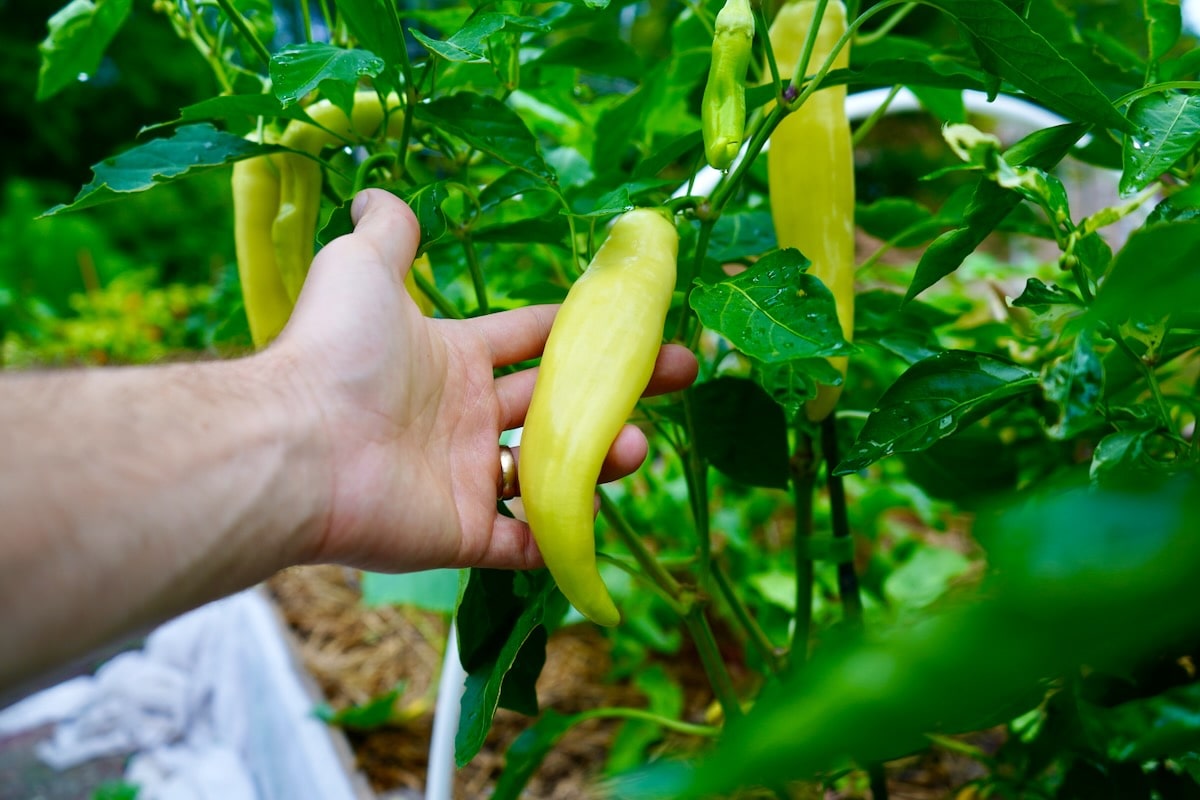
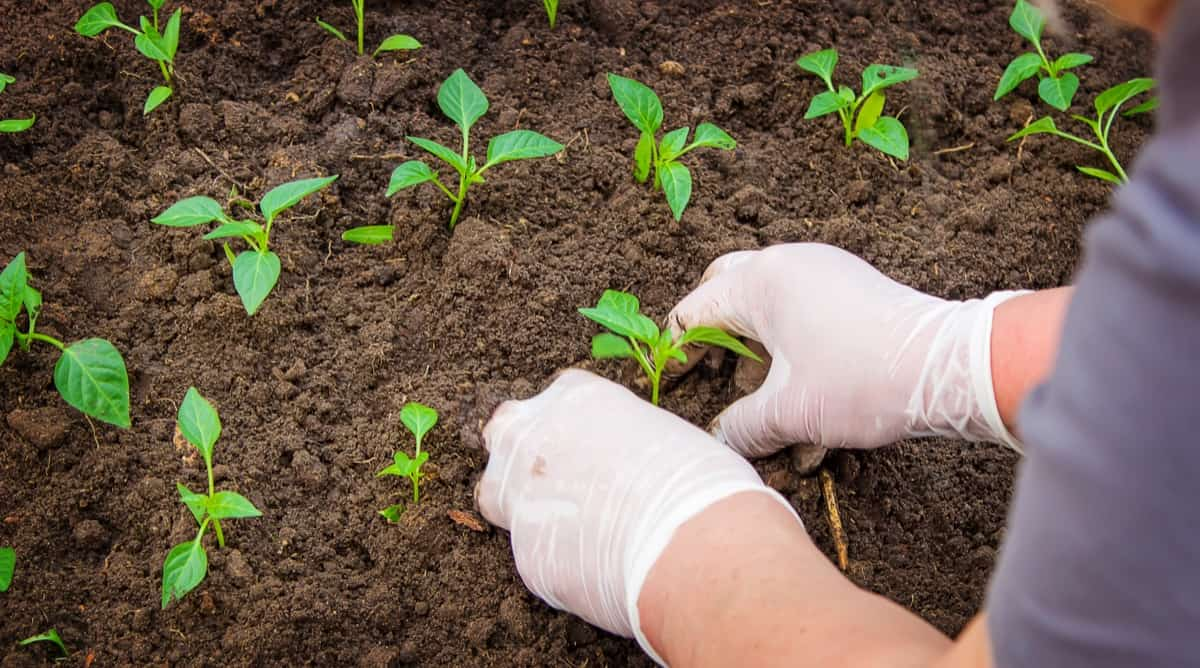
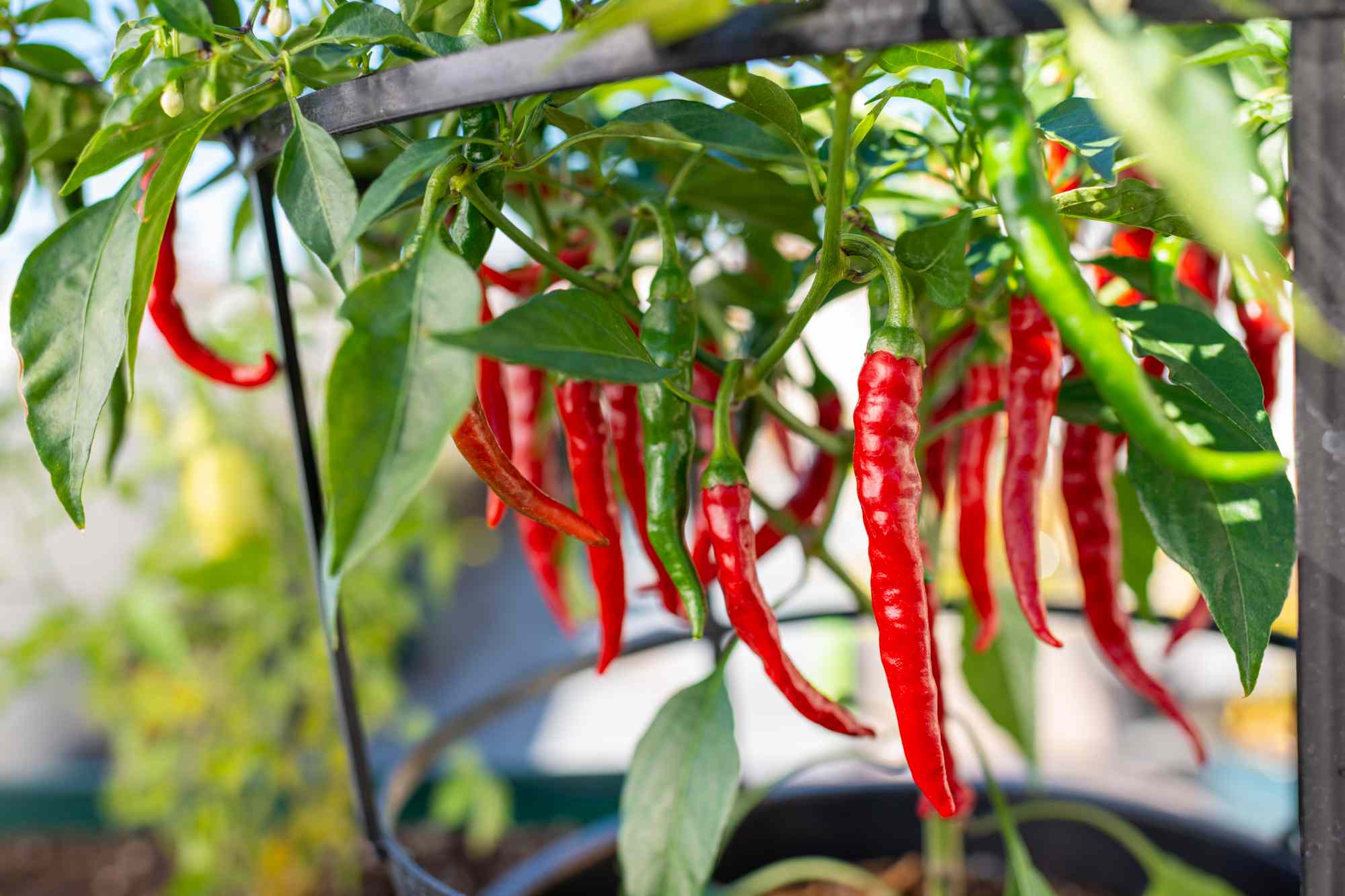
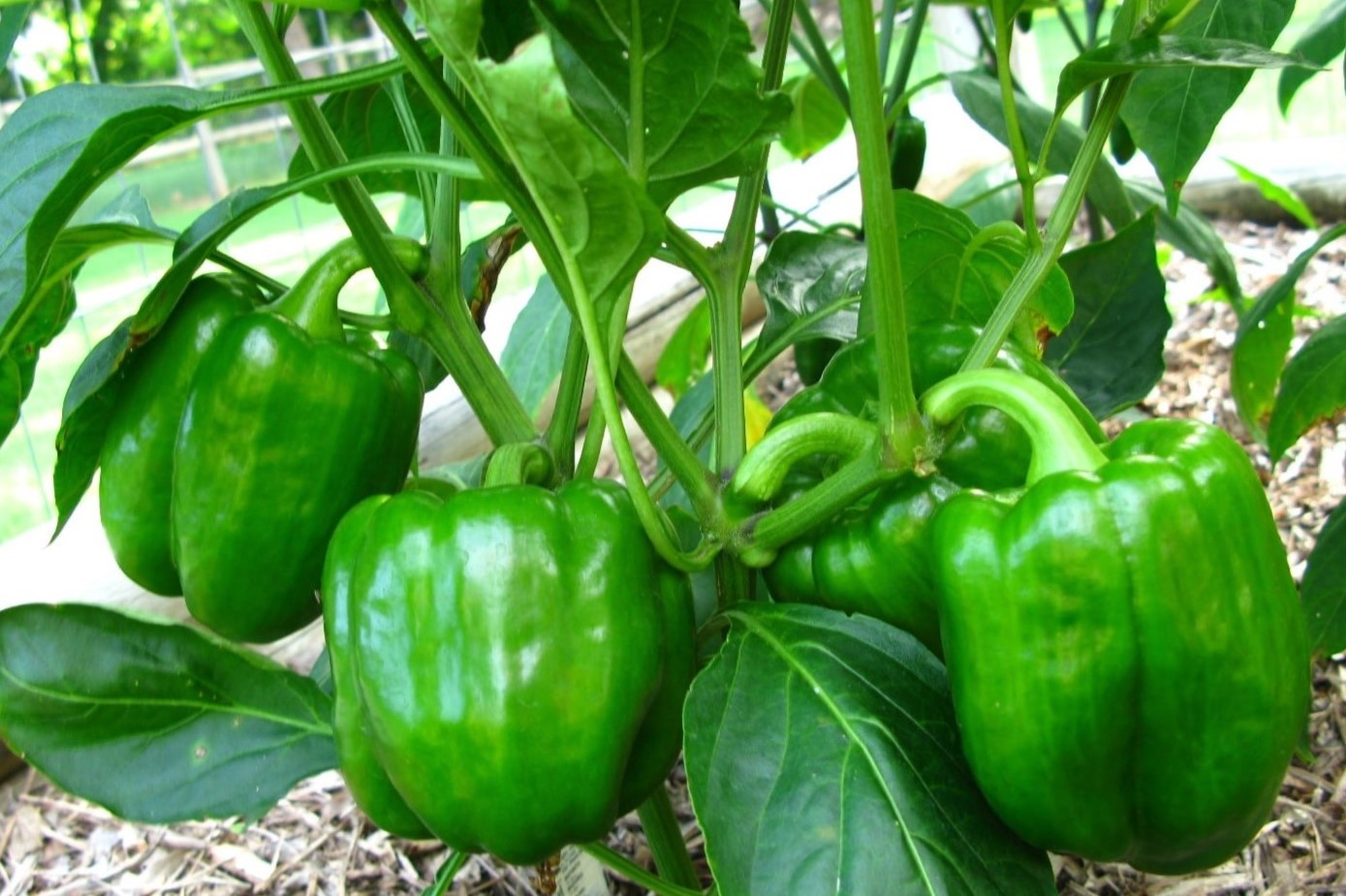
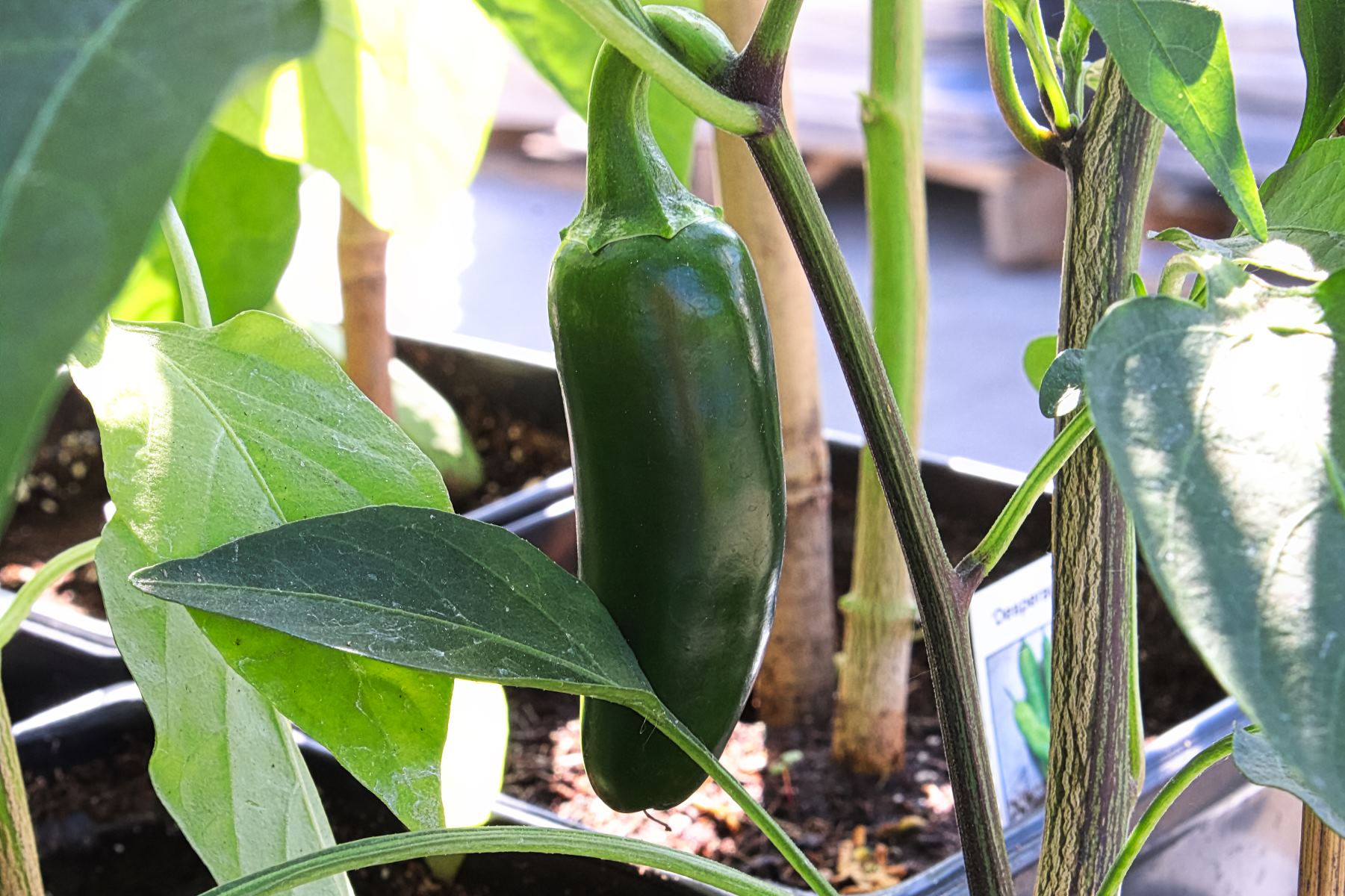
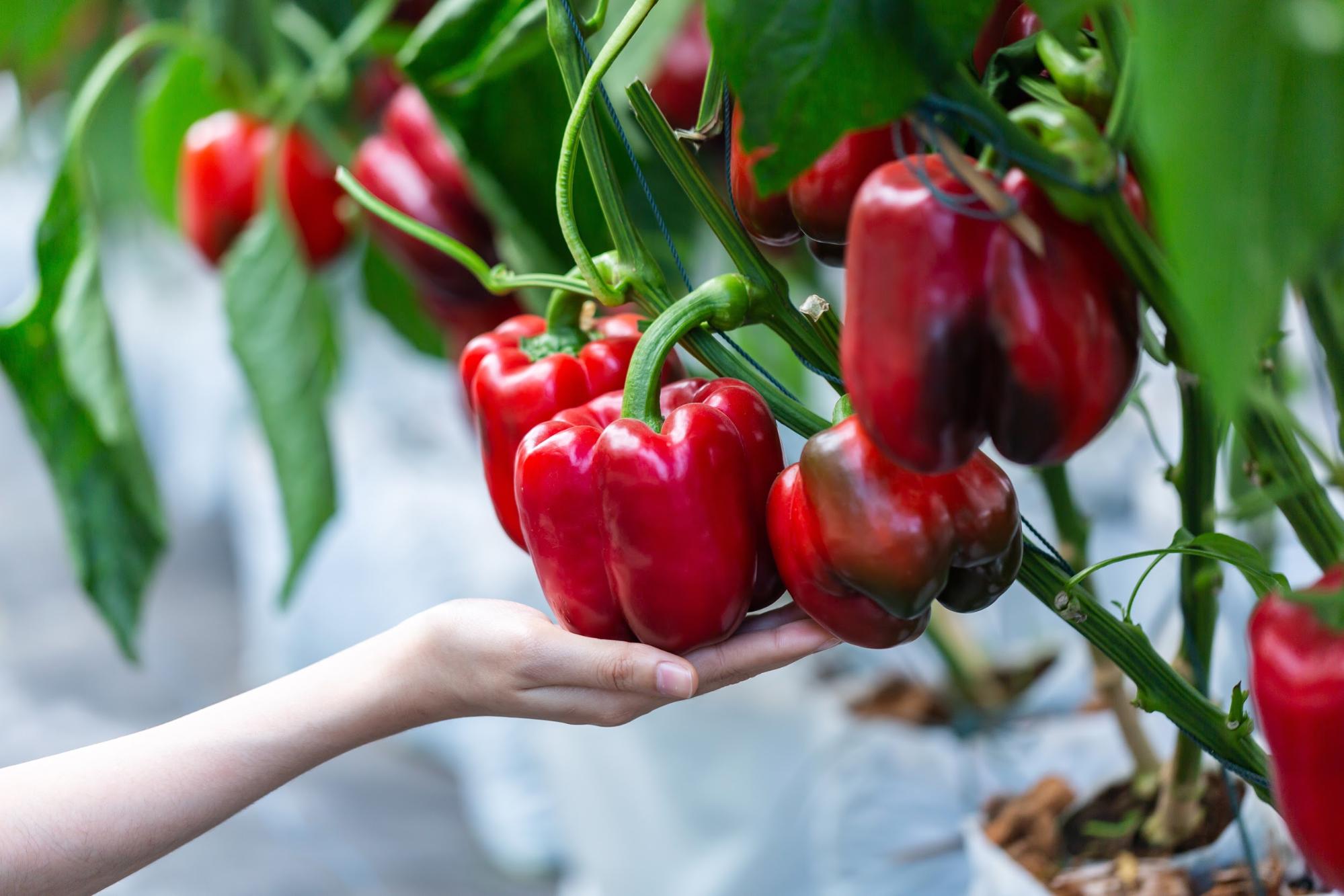
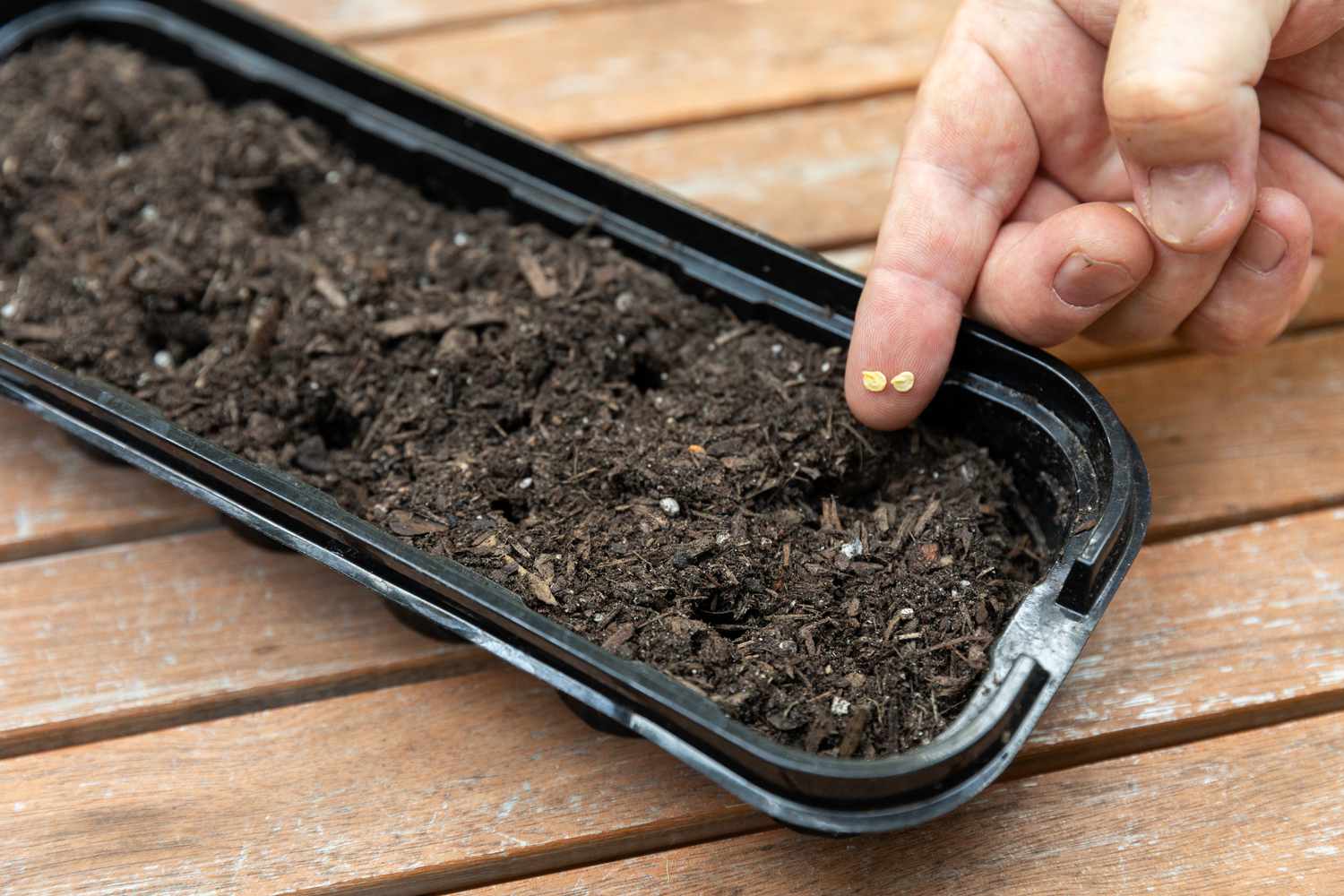
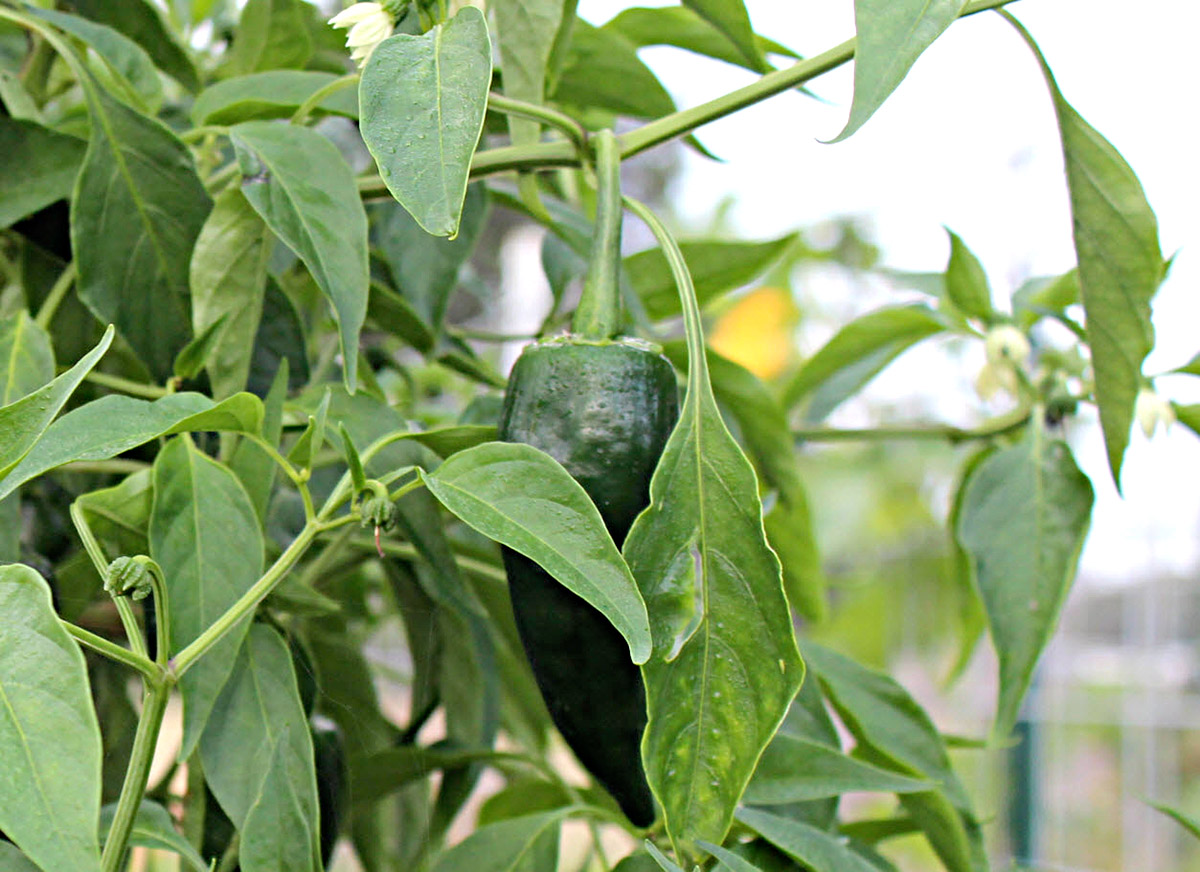
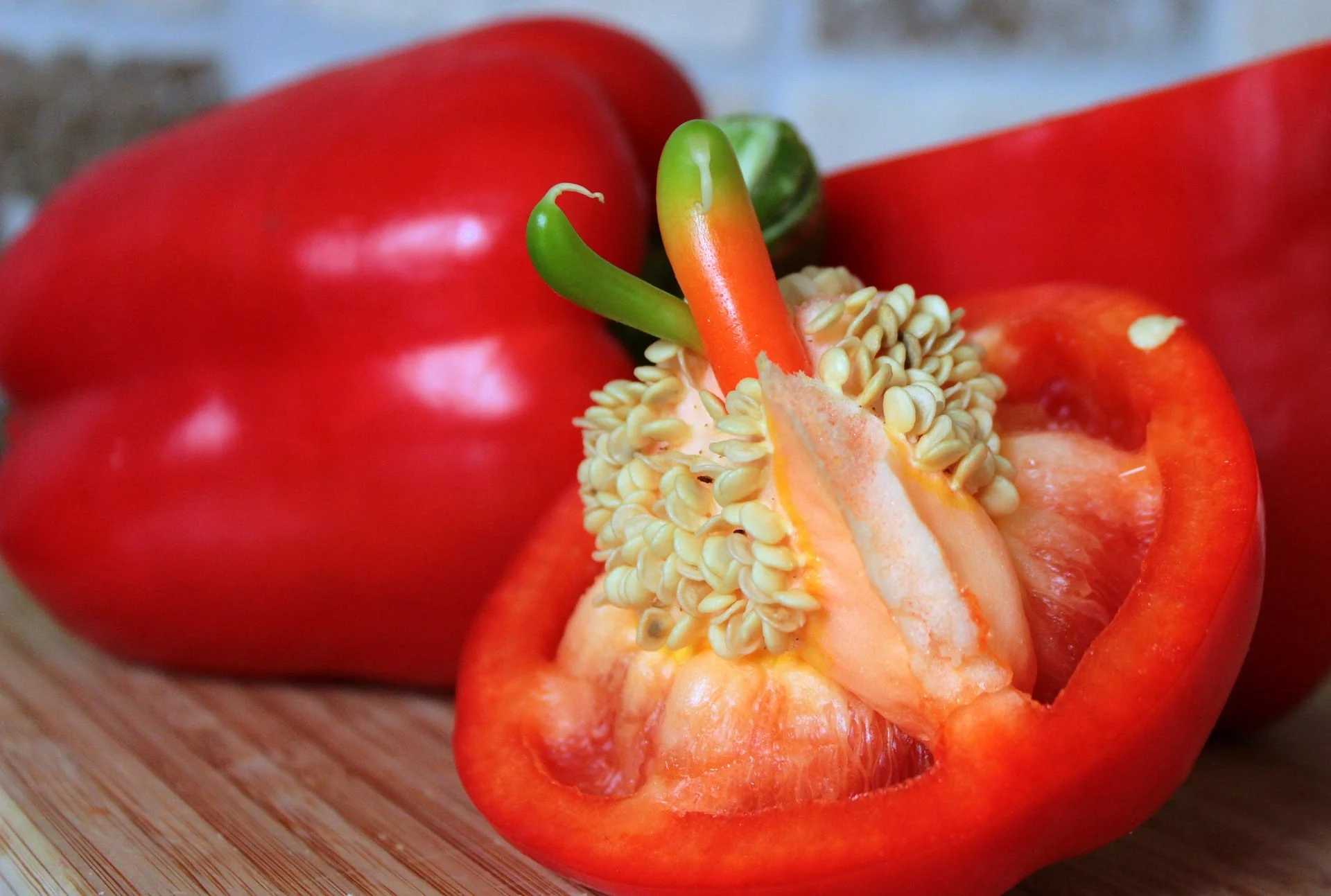
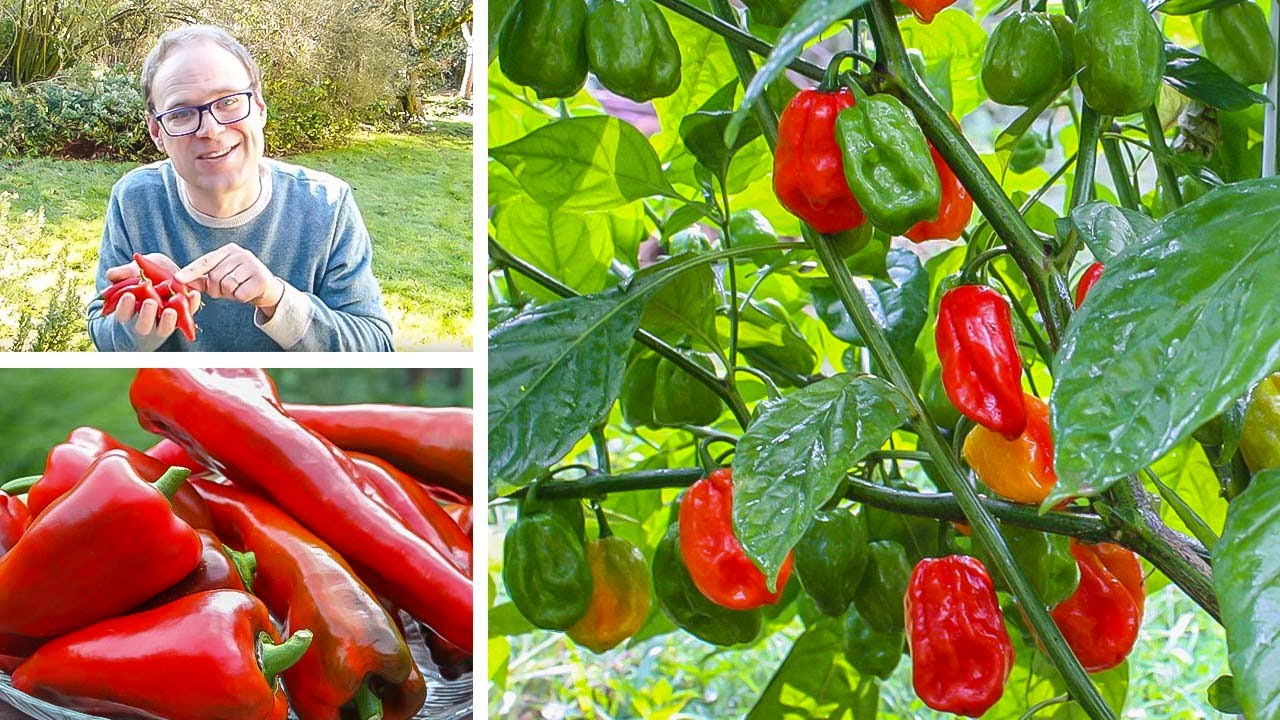
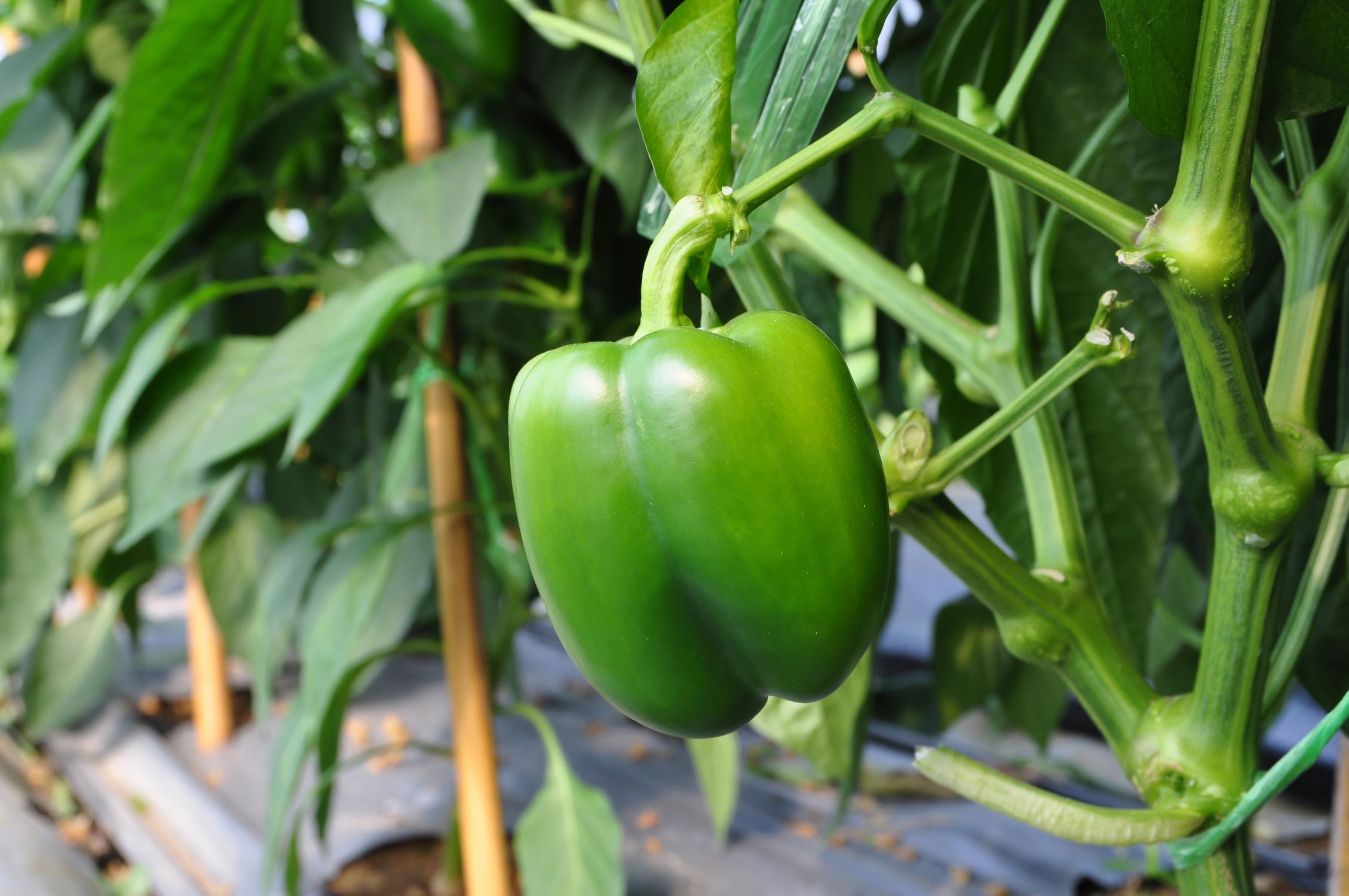
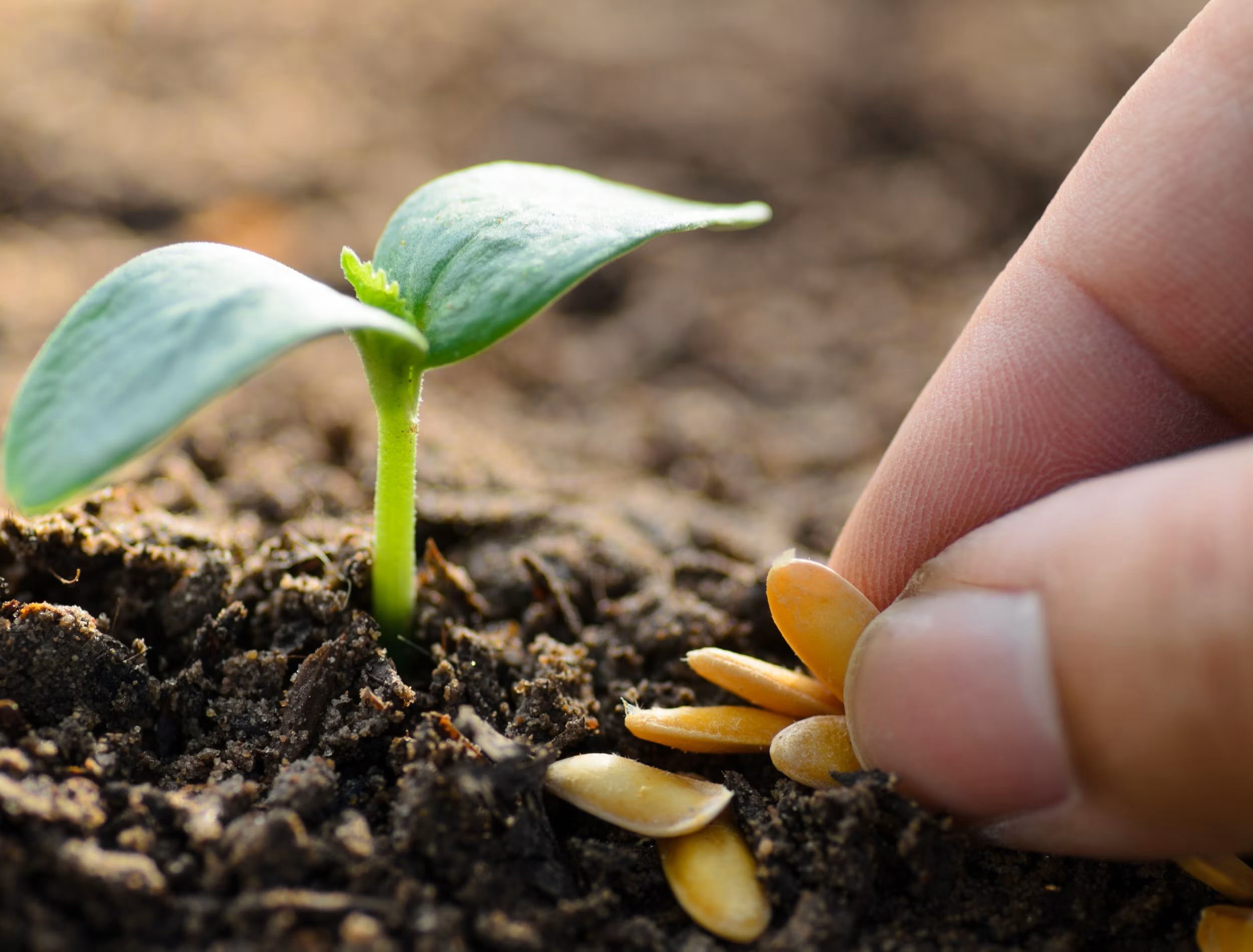
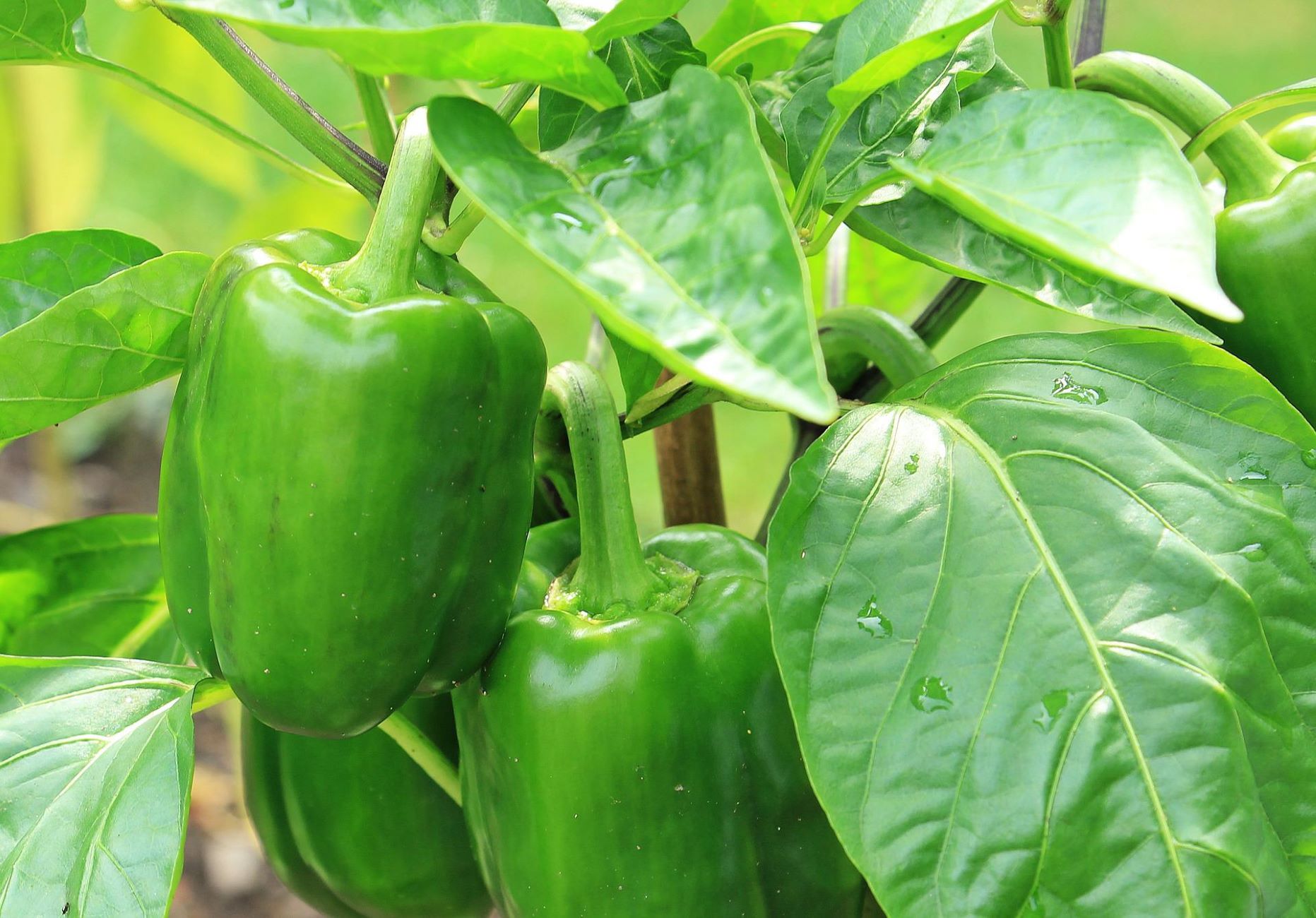

0 thoughts on “How To Grow Pepper Seeds”